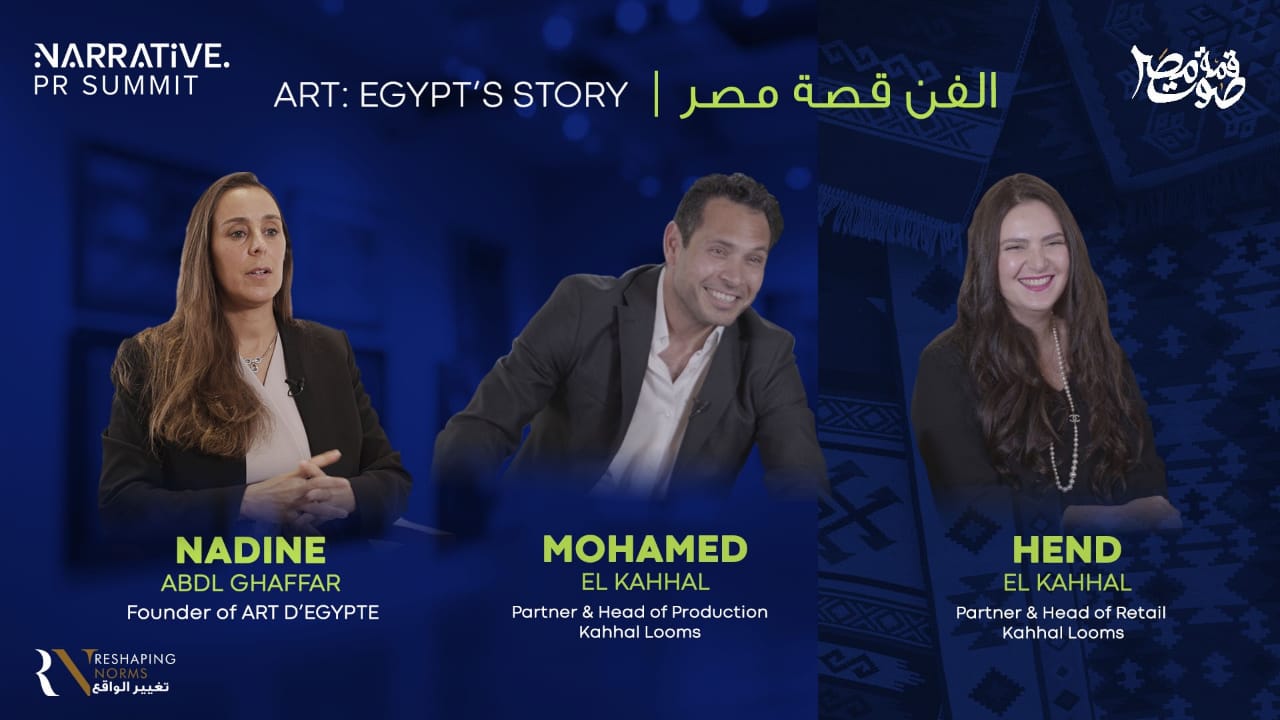JERUSALEM: One of the sad scenarios for Jerusalem s future is its transformation into an undivided, special status city, belonging to neither Israel nor Palestine. The significance of such an outcome, often suggested by those who seek solutions for our region, became clear to me while living in Washington, DC. Washington, created on lands taken from the unwilling states of Maryland and Virginia, was defined as a place that would not belong to any specific American state: an excellent solution for the USA, but not particularly so for the residents of Washington, most of whom are members of disempowered minorities living in abject poverty.
The majority of the privileged members of the administration, working in Washington, drive back to their Maryland and Virginia homes every afternoon. Towards the end of the millennium the suggestion was made to annex Washington to the state of Maryland, which would then deal with the city s problems. Maryland refused – why indeed would it want to adopt such a difficult, run-down city?
By the same token, I can imagine how Jerusalem, in this special status scenario would continue to deteriorate, to distance the stronger sectors of its population and to accumulate debts which no one could pay. Eventually, Jerusalem might be offered to Israel or Palestine, and both would say, Thanks, but no thanks .
One may agree or disagree with this analysis, but it makes concrete the point that most of those trying to formulate scenarios for solving the conflict do not usually see Jerusalem through the eyes of its residents. Even in the detailed proposals for solving the issue of the city s administration, Jerusalemites are objectified and their needs sacrificed for the sake of the final status solution, according to the political needs of the global powers – Israel, Palestine and the rest of the world.
Thus, little attention has been paid to the fact that the city s resident would have to present identification documents whenever s/he takes a trip to Tel Aviv, Ramallah and perhaps even to nearby Mevasseret Zion and Abu-Dis. Even the more sophisticated solutions, which envision an open city with Israeli sovereignty over the western part, Palestinian sovereignty in the east and a special status for the Old City, allow the city s residents free movement between east and west (a secondary need for most Jerusalemites), but would have them standing in line at checkpoints at the exits to this open city.
Making this local voice heard is one of the roles of the Jerusalem Intercultural Center. The Center creates infrastructures for dialogue between the city s residents. It offers training and development for professionals working in the city, but is also often involved as an intermediary in current issues such as the Gay Rights Parade, the Mugrabi Gate and the Museum of Tolerance. The Center encourages Jerusalemites to participate in the search for solutions for their own city.
Thus, for example, every Jerusalemite knows that the city is actually divided into three fairly distinct sections, in which live three very different populations. About a third of the city s residents are Palestinians, a third are ultra-orthodox Jews, and the last third, which includes Jews who are not ultra-orthodox, may be named – for lack of a better term – Others . It is actually this last group which is generally considered to enjoy hegemony over Jerusalem, and it holds most of the city s key functions.
These three groups have very different needs, and they perceive the public space in different ways. Many of Jerusalem s internal disputes could be solved if it became a metropolis with three different cities (in the final status solution, the Palestinian city would probably be under Palestinian sovereignty, and the two others under Israeli sovereignty). As far as the residents needs are concerned, this is the correct division, much better than a non-divided city, or a political division into two cities. This solution presents difficulties of its own, the discussion of which lies beyond the scope of this article. But it demonstrates how the repertoire of solutions for Jerusalem expands and changes when the city s residents are allowed full participation in the process.
In order to balance this perspective, which separates the three populations, it is important to also emphasize the need for a complementary, unifying one. Separation diffuses tension and creates autonomy for each group – but it needs to be accompanied by the building of mutual responsibility and partnership in the metropolis s future. We tend to assume that minority groups need to take care of themselves – the ultra-orthodox to take care of their own, the Palestinians of their own, etc. – but there are indications of mutual responsibility between these groups as well.
Beyond the natural tendency of members of the non-ultra-orthodox Jewish hegemony of Jerusalem to care for the well-being of minority groups, we nowadays find ultra-orthodox Jews involved in charity projects within the Palestinian community, opposing the construction of the Museum of Tolerance on Muslim burial grounds and intervening in issues such as the Mugrabi Gate by taking a stand that is very considerate of the Muslim position on this topic.
One may sometimes hear Palestinian educators in the city saying – we also have an opinion about the quality of education for Jews in western Jerusalem. Indeed, this is another role of the Jerusalem Intercultural Center – encouraging an attitude of joint responsibility and solidarity between the residents of the Jerusalem metropolis, enabling them to participate in their own, as well as the city s, future. True, Jerusalem is topic of international concern – but no solution will hold water without local participation in its design and implementation.
Dr. Hagai Agmon-Sniris the director of the Jerusalem Intercultural Center ( JICC, http://www.JICC.org.il ). This article is distributed by the Common Ground News Service (CGNews) and can be accessed at www.commongroundnews.org.


